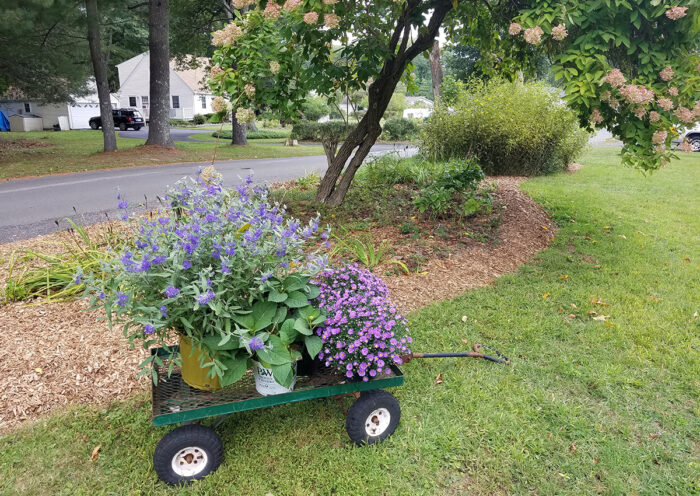
Your garden designs are put to the test throughout the growing season. Even when you are in the thick of the midseason rush, it is worth taking time to assess what is working and what is not. If you find a lot to fix, rest assured that even the best gardens must be edited. You’ll need a critical eye and a framework to help you take stock of the situation and to determine a course of action that will improve the look of your garden.
As a starting point, ask yourself these questions:
- Which plants are looking ragged or untidy? Are any of them overgrown or leaning?
- Which plants are underperforming compared to the rest of the garden?
- Do you have a large number of one plant in particular?
- Do you notice any odd colors or textures?
Take pictures and make a list of things you would like to edit. Writing down your answers will help you prioritize which fixes you’d like to tackle first. Once you start making changes, you’ll be amazed how different things look in even just a month. Here are some examples of small changes that can make a big difference.
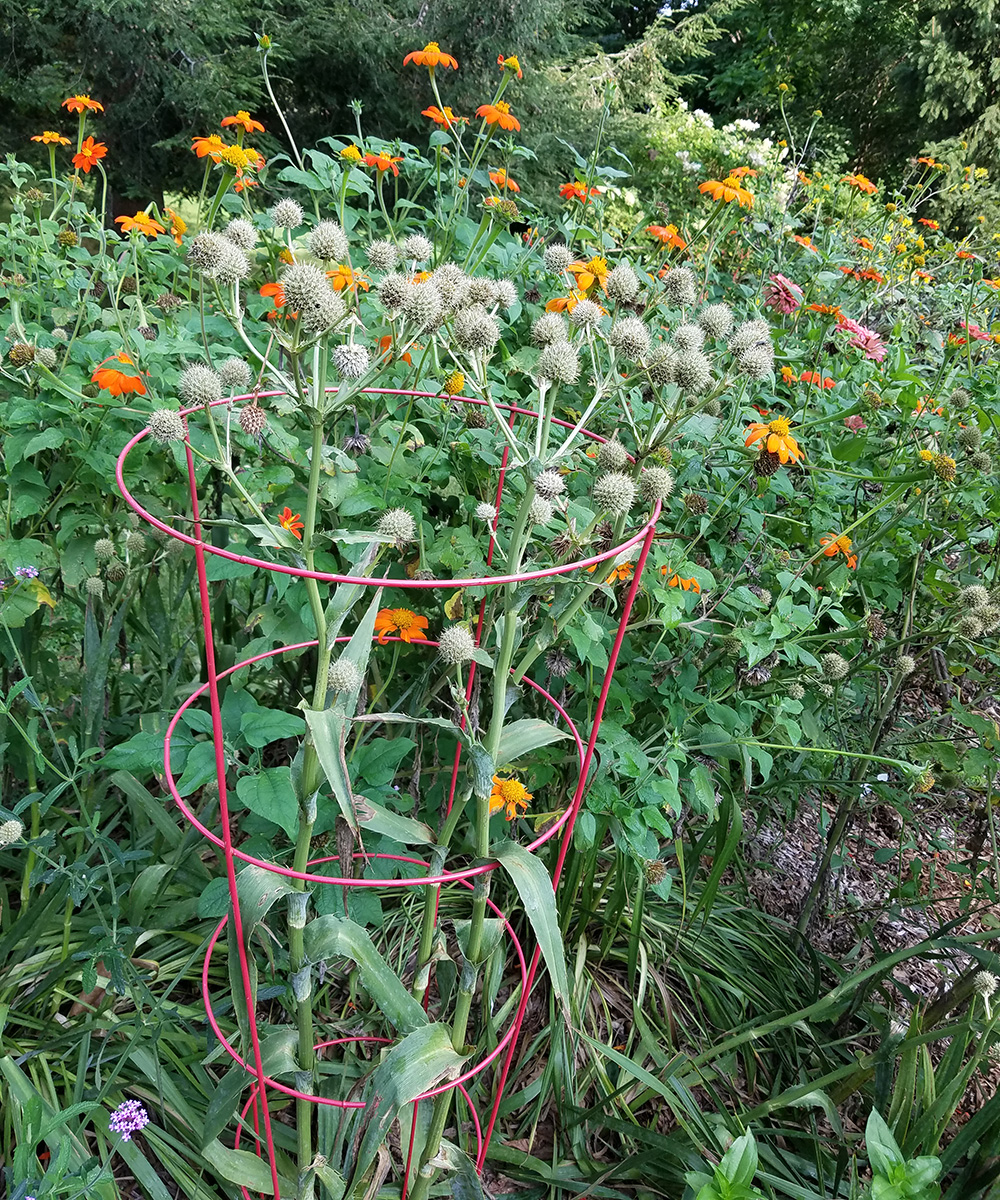
If it’s flopping or leaning, give it some support
You can use cages, stakes, or even cut branches to support floppy plants. Feel free to tie up multiple plants with one support. Preventing misbehaving plants from spilling out onto their neighbors is an easy way to improve the health and aesthetics of your garden.
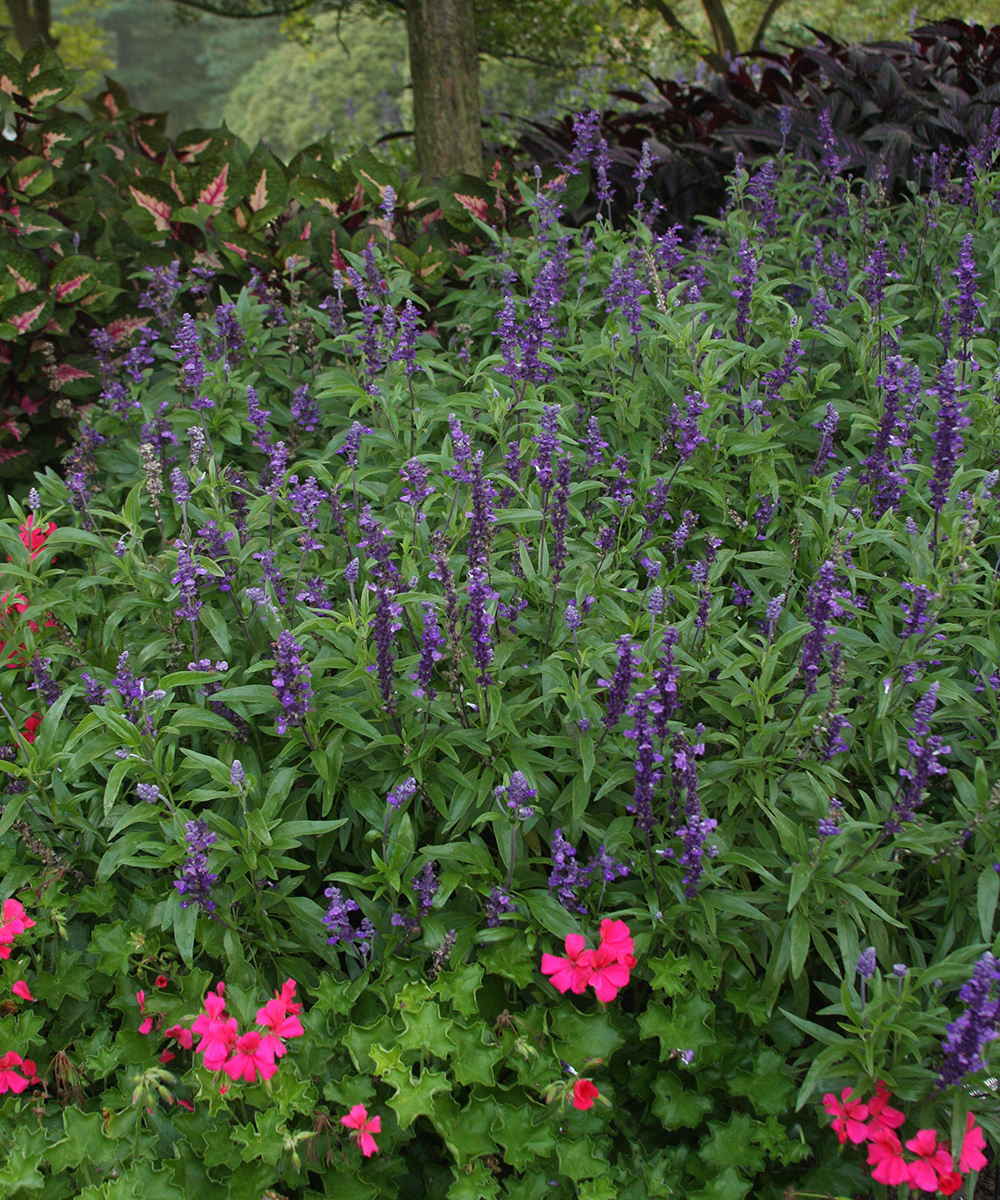
Remove or relocate underperforming plants
Sometimes plants don’t do as well as we anticipated, and that’s OK. If a plant’s size, color, shape, texture, or bloom time is not right for its location, remove it entirely or transplant it to a new spot. This opens an opportunity for some creativity. You could fill the newly emptied space with divisions from your own garden, or experiment with new plants. Early fall can be a great time for transplanting, since daytime and nighttime temperatures are usually moderate and rainfall is often more reliable than it is at the height of summer. Heat-loving annuals are excellent additions for color and drama late in the growing season.
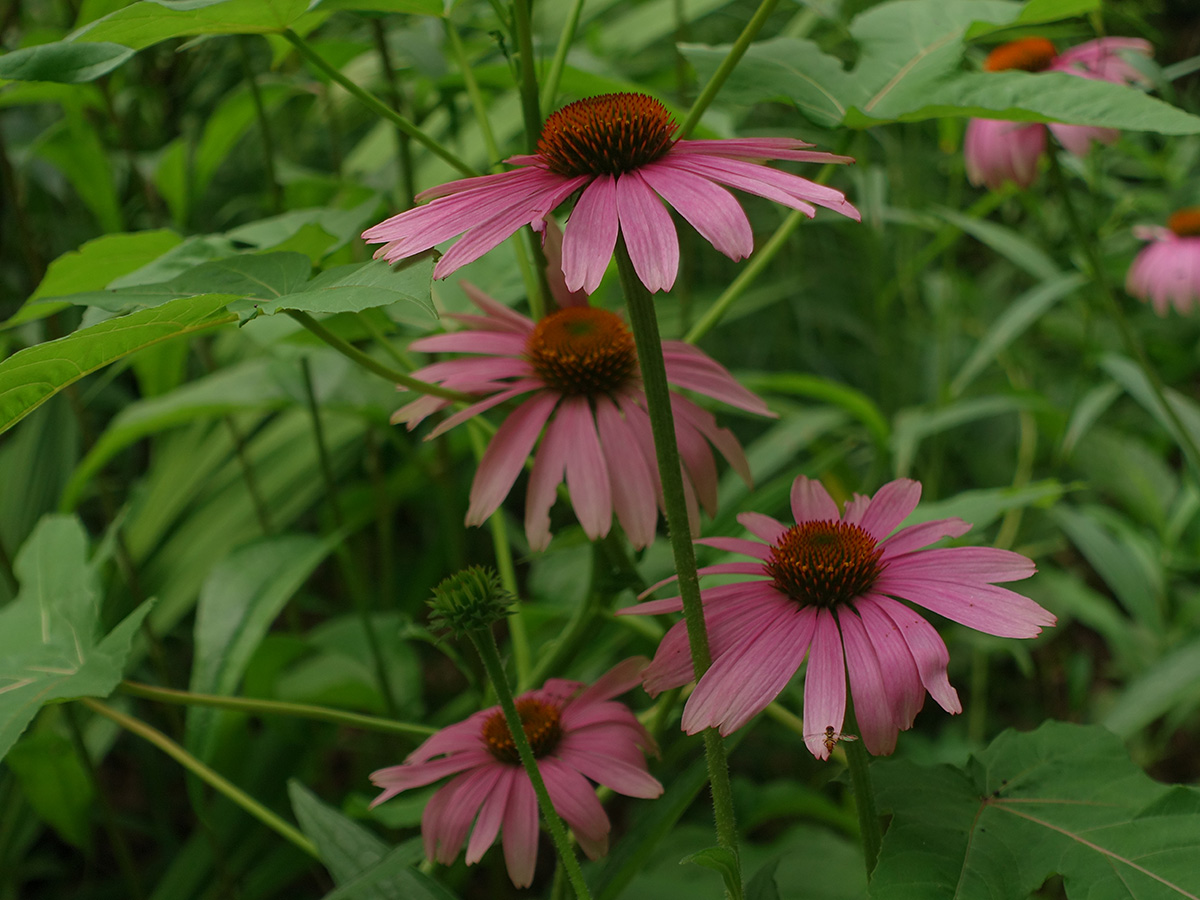
A simple cutback may be in order
Some plants actually perform best when they receive a midsummer haircut. Removing old floppy foliage encourages the plant to push out healthy new foliage, and possibly a second flush of blooms. Species that thrive and often rebloom after a “haircut” include yarrow (Achillea millefolium, Zones 3–9), coneflowers (Echinacea spp. and cvs., Zones 4–9), and catmint (Nepeta spp. and cvs., Zones 3–8).
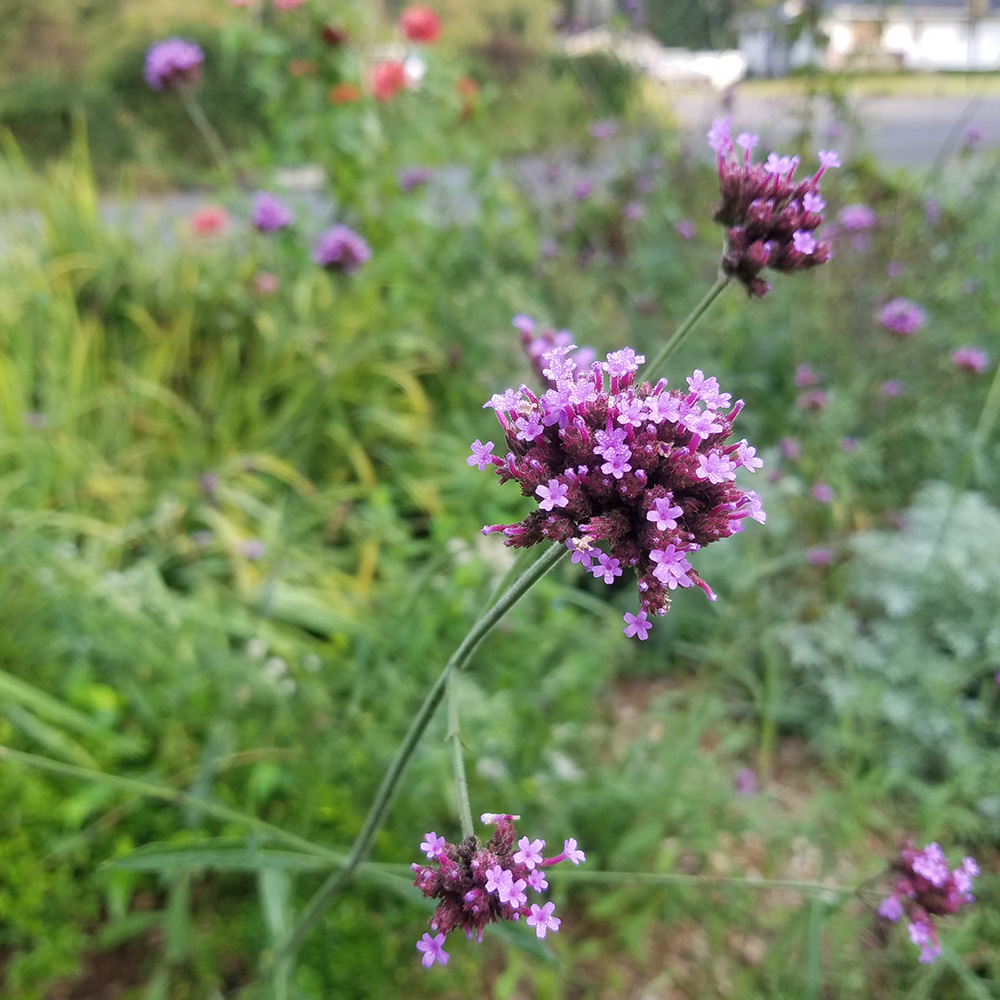
Overseeded? Rip it out!
Plants that are aggressive seeders, even cherished garden plants, can get out of control. The removal process should be done carefully and with a steady hand. You don’t want to leave one mess where another was. You can remove a species entirely if it is too unruly, or judiciously edit where you’d like it to be. An example of a plant that may need to be edited each year is tall verbena (Verbena bonariensis, Zones 7–11), which tends to reliably reseed itself. If you don’t keep up with it, your garden can become overrun.
Even in early autumn, there is still time for garden editing. My tip: Start with the flopping and overgrown plants. By reining in the most aggressive thugs, you create a brighter future for your other plants. Editing is a constant reality of gardening, and now is as good a time as any to start. Good luck, and happy editing!
—Alexandra Melian is a horticulturist at the Morris Arboretum of the University of Pennsylvania in Philadelphia.

















Comments
Log in or create an account to post a comment.
Sign up Log in